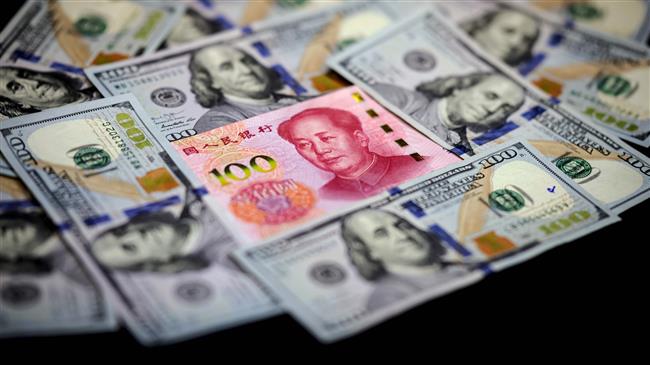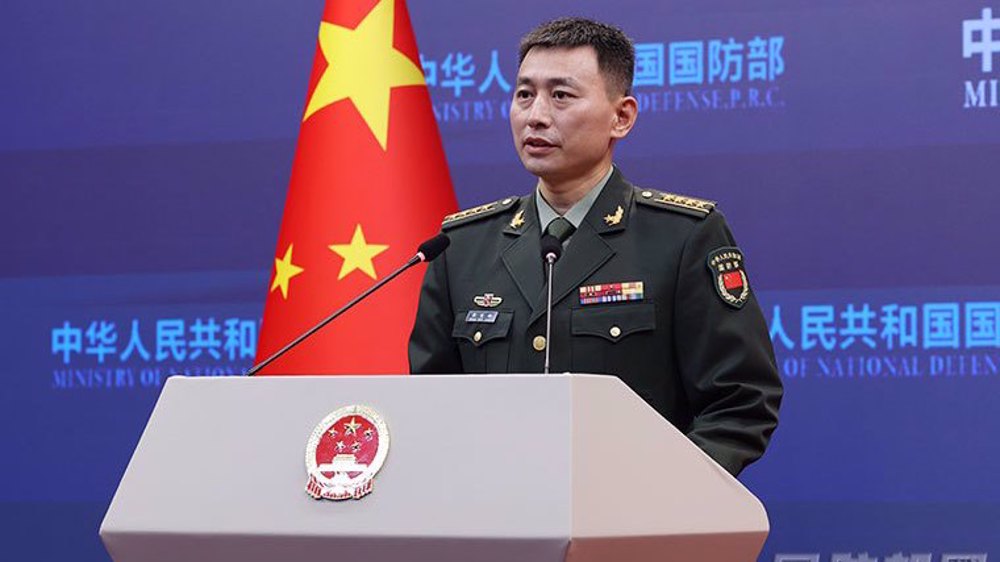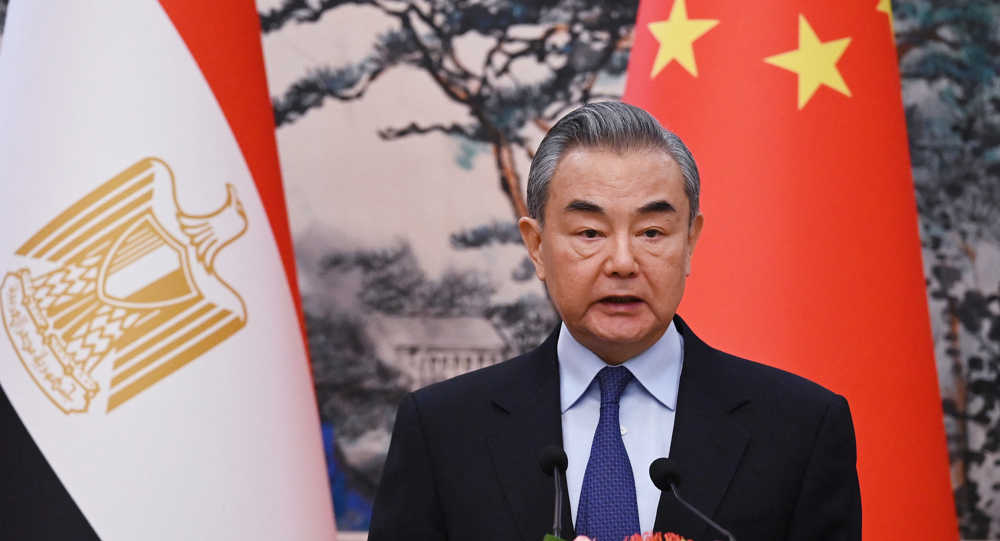Beijing: US dropping of China’s currency cheat tag ‘in line with facts’
China says the United States’ measure to reverse its decision to brand the Asian country a “currency manipulator” matches “facts” and the consensus of the international community.
The US Treasury Department on Monday formally stepped back from its decision last year to label China a “currency manipulator,” the charge that Beijing devalued its currency to make its goods cheaper for foreign buyers.
“China has made enforceable commitments to refrain from competitive devaluation, while promoting transparency and accountability,” US Treasury Secretary Steven Mnuchin said in a statement.
The US designation last August further escalated a trade war between the US and China, after the country’s central bank allowed the yuan to fall in retaliation to new US tariffs.
The change in the US stance caused the yuan to soar on Tuesday morning.
“China is not an exchange rate manipulator. The latest conclusion of the US is in line with the facts and the consensus of the international community,” Chinese Foreign Ministry spokesman Geng Shuang said of the development.
“A recent International Monetary Fund (IMF) assessment concluded that the level of the RMB exchange rate is generally in line with economic fundamentals, and objectively denied that China is a ‘currency manipulator,’” Geng added, referring to Ren Min Bi, the official currency of China.
“China is a responsible big country. We have repeatedly reiterated that we will not engage in competitive currency devaluation and do not use the exchange rate as a tool to deal with external disturbances such as trade disputes.”
The Chinese Foreign Ministry spokesman said his country would “unswervingly” deepen the reform of the exchange rate marketization, continue to improve the managed floating exchange rate system based on market supply, and keep the RMB exchange rate basically stable at a reasonable and balanced level.
The new development comes just two days ahead of the anticipated signing of the so-called Phase One deal between the US and China, a shaky truce after a protracted trade war in which Washington and Beijing have slapped tariffs on billions’ worth of each other’s goods.
The Phase One deal, reached earlier this month, is expected to reduce tariffs and boost Chinese purchases of American exports while addressing China’s alleged theft of intellectual property.
However, the agreement has not yet been made public, and Chinese officials have yet to publicly commit to key US demands, such as increasing imports of American goods and services by 200 billion dollars over two years.
US data show that China bought 130 billion dollars of US goods in 2017, before the trade war began, and 56 billion dollars in services.
US President Donald Trump launched a trade war against Beijing a year and half ago over allegations of unfair trade practices, such as the alleged theft of US intellectual property and subsidies that unfairly benefit Chinese state-owned companies.
The escalating tit-for-tat tariffs, which began in July 2018, have roiled markets and crimped economic growth worldwide.
D-8’s role in Iran’s economy after Cairo summit
China slams US as ‘war-addicted’ threat to global security
China ‘firmly opposes’ US military aid to Taiwan
VIDEO | Press TV's News Headlines
President Yoon Suk Yeol to be removed from office
At least 19 Gazans killed by Israeli airstrikes since dawn: Medics
Leader: Iran neither has nor needs proxy forces
US fighter aircraft shot down ‘in friendly fire’ amid aggression on Yemen











 This makes it easy to access the Press TV website
This makes it easy to access the Press TV website